What is natural wine?

The reality is that there is minimal regulation in the United States regarding the definition of "natural" in wine. Sommelier Joey Gilmore explains, "Natural wine can be categorized in various ways. Essentially, it signifies a winemaking process with very little intervention." Because of this more "natural" approach, Gilmore adds, "If you have 12 bottles in a case that are all made in the same natural style, you'll notice significant variation in both the bottles and their flavors." In contrast to commercial wines, which often utilize commercial yeast, preservatives, and additives for consistency, natural wines can differ from one bottle to another. This unpredictability is part of the appeal for some wine enthusiasts.
The low-intervention method results in wines that may contain more sediment and can look cloudy. "You can drink it," Gilmore reassures us when asked if it's advisable to leave the last half glass of sediment-laden wine in the bottle. "It's completely safe; it just sometimes feels like there's dirt in your mouth." Regarding the aroma and flavor of natural wine, he notes that many sommeliers refer to it as "mousy," indicating that the wine often has "a very earthy scent." In more commercial settings, Gilmore points out, "many wineries would consider that a flaw." This has led to descriptors like "funky" being used to characterize natural wines. However, many drinkers are embracing that funk.
How is it made?

Joey Gilmore, a sommelier, shares insights on low intervention winemaking, stating, "A significant aspect involves native yeasts... for instance, a widely popular wine is produced using commercial yeast... In contrast, natural wine is crafted with native yeast that exists naturally in the environment." Yeast plays a crucial role in transforming sugars into alcohol, and native yeast adds to the "diversity of flavors" found in natural wine. "Additionally, these wines do not contain added sulfites, nor do they undergo fining or filtration. Many mass-produced wines utilize egg whites for filtration, which can be a concern for vegan consumers," Gilmore explains. This makes natural wine particularly attractive to individuals with specific dietary preferences. You might not have considered whether your wine is vegan, but natural winemakers are ready to address that inquiry.
The tradition of natural winemaking stretches back centuries. In fact, wineries that have maintained the same methods since their inception, prior to the advent of commercial winemaking technologies, can rightfully label their products as natural. This is true for several natural wines emerging from Europe, for example. While the oldest winery in the world proudly adopted organic farming practices in 2011, for some, it’s less about following eco-friendly trends and more about preserving age-old techniques. If you're curious about the fermentation processes and methods involved in producing natural wine, you can explore 13 different types of natural wine here.
Is natural wine the same as organic wine?
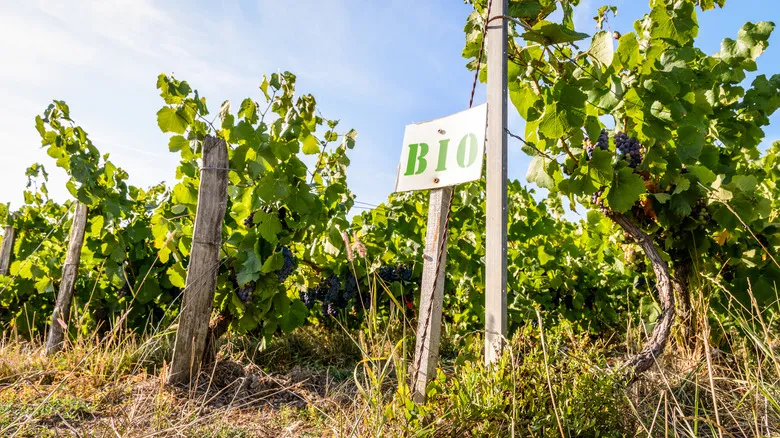
"Natural" and "organic" are broad terms that are not interchangeable. Not every natural wine is organic, and not every organic wine is natural, although there is considerable overlap between the two. When a wine carries the official USDA organic label, it indicates that all the ingredients used in its production are certified organic. Occasionally, you may encounter wines labeled as "made with organic grapes," which means that while the grapes are certified organic, other non-organic ingredients may be included. Different countries have their own regulatory bodies for organic certification, and the EU permits slightly higher levels of sulfites in organic wines compared to the United States.
In the realm of natural wines, there are no legally mandated standards that producers must follow. Although some European countries are beginning to establish regulations for natural wine production, the term can vary in meaning. Natural wines are typically produced through spontaneous fermentation with wild yeast and without synthetic fertilizers or additives. However, the small-scale operations that create these wines may not have official organic certification, as the certification process can be expensive for smaller producers. As a result, some opt to skip certification and instead focus on communicating their production methods to consumers, although they generally prefer to use organic ingredients whenever possible.
What about biodynamic wine?
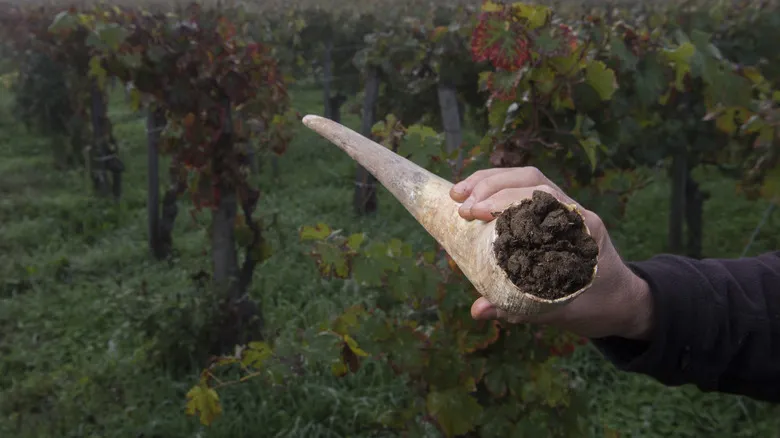
"Biodynamic" is a term you might encounter on certain labels. Joey Gilmore, a sommelier at Pasta Bar, points out that this is a growing trend in the wine industry that resonates with environmentally conscious consumers. It's important to note that biodynamic is not the same as organic or natural, although there is some overlap among the three concepts. Biodynamic refers to a system of sustainable agricultural practices established by German philosopher Rudolf Steiner in the 1920s. Interestingly, the same individual who founded the Waldorf education system also had some quite radical ideas about agriculture. As W. Blake Gray from the Los Angeles Times explains, "It incorporates various eco-friendly methods, but fundamentally, it is an unverified spiritual practice that aligns planting, harvesting, and bottling with the lunar phases." So, interpret that as you wish.
Biodynamic farming is overseen by an international organization known as the Biodynamic Federation — Demeter International. Their philosophy emphasizes sustainability, ecological restoration, and social responsibility. It is also guided by an astronomical calendar that categorizes days into elemental types (earth, water, air, and fire) and specific days for "fruit," "root," "leaf," or "flower," which dictate the types of farming activities that can be performed. Advocates of biodynamic farming promote the use of natural animal manure instead of synthetic fertilizers, and even engage in the unusual practice of burying manure in cow horns, which is later unearthed and mixed with water to be sprayed on crops.
What are some types of natural wine?
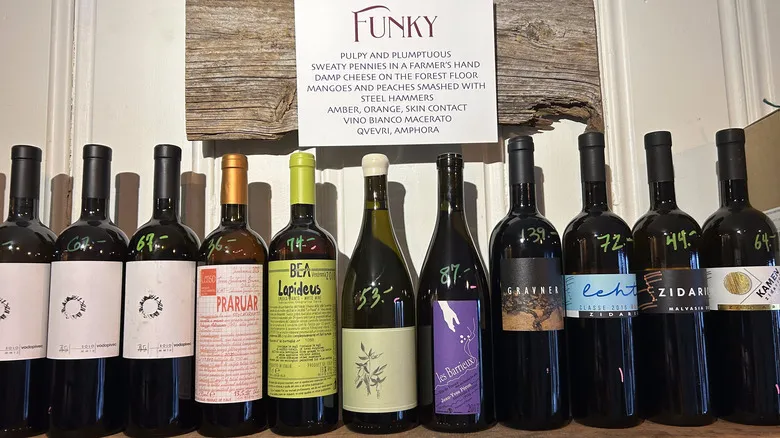
You can discover a natural version of almost any wine type—red, white, rosé, orange, or sparkling. There are even natural champagnes available. Some natural wines feature unique blends of grape varieties, as producers in this category often embrace a more experimental approach. If you're seeking specific suggestions, check out this curated list of 12 natural wines to enjoy in 2024, showcasing vintages from around the globe.
In Europe, some vineyards identify as natural due to their adherence to traditional winemaking techniques that have been passed down for centuries. For instance, amphora wine, a skin-contact orange wine, has been crafted using natural fermentation methods in clay amphorae in Georgia for over 6,000 years. Other countries, such as Italy, Spain, and Turkey, also produce amphora wines. Additionally, some winemakers claim their natural status based on modern sustainable farming and production methods.
Pét-nats, short for "pétillant naturel," are sparkling natural wines that have gained significant popularity. They are produced through a single fermentation process, which differs from the methods used for most sparkling wines like prosecco, cava, or champagne, resulting in a higher level of natural sediment. Sommelier Joey Gilmore explains that champagne producers typically "de-gorge," removing the yeast from the bottle, while pét-nats do not undergo this process. This is why you may find sediment and particles floating in the wine. Piquette is another type of lighter, lower ABV, effervescent natural wine.
Is natural wine healthier for you?

The brief answer is likely not much, but perhaps a bit. While many advocate for the advantages of natural wine, there is limited scientific evidence to indicate significant health differences between consuming natural wine and other types. Still, proponents of natural wine firmly believe it is healthier for you, and there may be some truth to that. So, what are the discussions surrounding this topic?
One assertion is that natural wines may result in fewer headaches because they do not have added sulfites during the winemaking process. Although natural wines do contain fewer sulfites, they are not completely absent. Joey Gilmore, a sommelier at Pasta Bar, explains, "Sulfites are a byproduct of fermentation. No wine exists without sulfites... They occur naturally. Some wines have additional sulfites added as a preservative." This means that no wine is entirely free of sulfites, but natural and organic wines typically have lower levels.
According to The New York Times, "Conventional wine can legally contain up to 350 parts per million of sulfites, while natural wine usually limits sulfite levels to 100 parts per million — and they often contain much less." Experts suggest that the sulfite levels in wine are unlikely to trigger reactions in most people. While a small percentage may experience allergic reactions to sulfites, the majority do not. Additionally, individuals with asthma may be more sensitive, so it may be wise to moderate your consumption.
Is natural wine better for digestion?
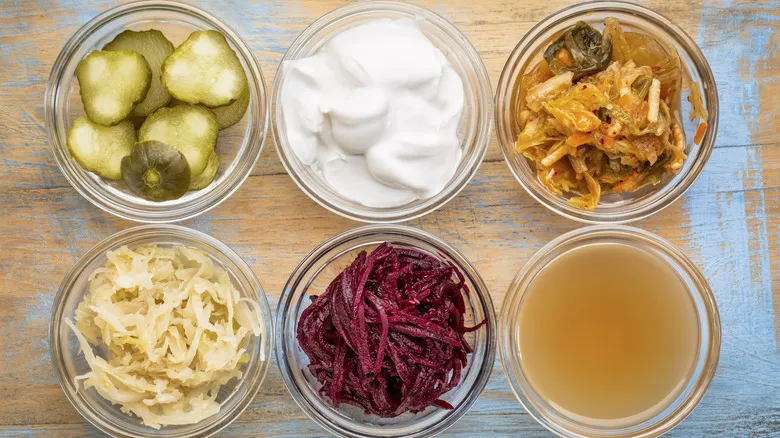
Another assertion regarding natural wine is that it benefits digestion. The natural fermentation process enhances the presence of live yeast and microbes in the wine. This has led some to suggest that natural wine, similar to kombucha or kimchi, may contain beneficial gut bacteria. However, further research is necessary to substantiate these claims, and many experts argue that the alcohol content in wine is likely to eliminate that bacteria before it can aid your digestive system.
"There wouldn't be any significant difference in microbial content whether it was so-called natural wine or not," said Dr. David Mills, a molecular biologist and food science professor at the University of California, Davis, in an interview with The New York Times. "The alcohol is going to kill most beneficial bacteria anyway, so it's not like wine is ever going to have anywhere near the level of kimchi or yogurt."
So, will natural wine give you a hangover?

Indeed, natural wine can certainly lead to a hangover. It remains an alcoholic beverage that should be enjoyed in moderation. "Stay hydrated by drinking water alongside alcohol, and you’ll avoid a headache," suggests Joey Gilmore, a sommelier based in Los Angeles. "It doesn’t matter if it’s white or red; tannins and oak won’t cause headaches. The real issue is that alcohol dehydrates your body." This applies to all types of alcohol, regardless of their production methods.
Some types of natural wine typically have lower sugar content and a reduced alcohol by volume (ABV) compared to many conventional wines, which may contribute to their reputation for causing less discomfort or fewer hangovers. There are excellent natural wines with alcohol levels similar to those of beer or cider, with some as low as 4 percent ABV. This allows you to enjoy your wine over a meal or an evening while consuming a smaller overall amount of alcohol. Consequently, it’s easy to think, "This wine is healthier for me!" after finishing a bottle and only feeling slightly tipsy. However, it’s important to note that this isn’t a universal truth; many natural wines have alcohol levels that are comparable to or even exceed the average.
What about environmental impact?
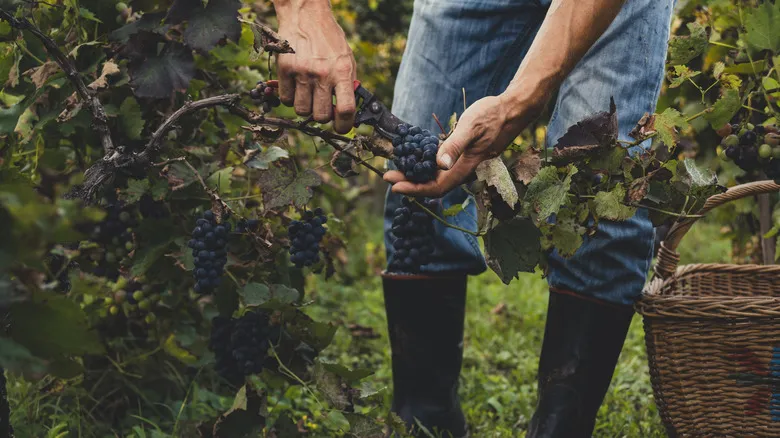
This is one way that natural wine can justify its reputation. Natural, organic, and biodynamic winemaking typically has a reduced environmental impact. Producers of natural wine are often mindful of the health effects of their ingredients, both for consumers and the planet. They tend to use minimal or no pesticides and synthetic fertilizers, and they usually emphasize sustainable winemaking practices.
In general, the ingredients in natural wine are sourced from organic, biodynamic, or at least responsible growers. The reduced intervention and fewer additives and preservatives likely contribute to a smaller carbon footprint. If you are a mindful consumer, you might be drawn to these wines for these reasons rather than solely for their health benefits. Additionally, many of these wines come from smaller boutique wineries, so purchasing natural wines also supports local businesses. That’s something to feel good about, regardless of whether you experience a hangover.
Choosing and storing natural wine
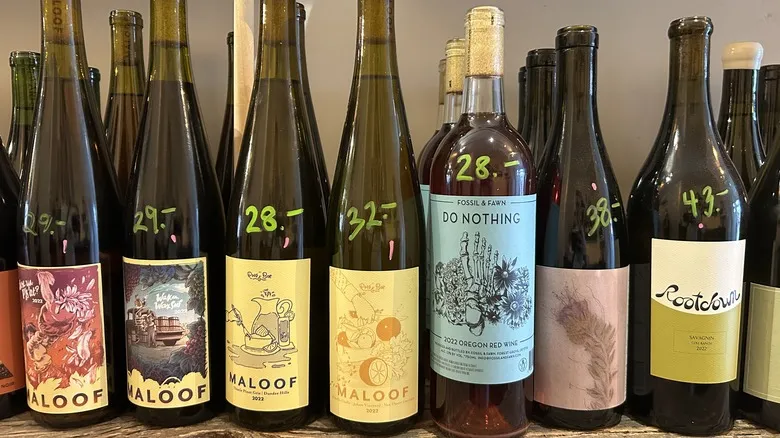
If you're a fan of red wine, consider trying a natural red. If you prefer white wine and haven't yet experienced orange wine, pick up a bottle and give it a taste! For those seeking a lower alcohol by volume (ABV), a piquette might be the perfect choice. Discovering which wines suit your palate is a journey of experimentation, and it can be quite enjoyable, especially when exploring natural wines.
Ideally, wine should be stored at temperatures between 52 and 59 degrees Fahrenheit, with humidity levels ranging from 50 to 80 percent. If you lack a wine cellar or fridge, look for a cool, dark spot in your home. Once opened, most wines will remain good for three to four days, while a red wine may last up to five days if stored properly. Be sure to keep opened bottles sealed and refrigerated.
Like their conventional counterparts, some natural wines are best enjoyed chilled, while others are better at room temperature. However, the absence of added sulfites means these wines have fewer preservatives, resulting in a shorter shelf life. "The oldest natural wine I've tried was probably around 10 years old," says sommelier Joey Gilmore. "I didn't find it enjoyable." Natural wines continue to ferment and evolve, and some have a limited timeframe for enjoyment after being opened. This aspect adds to the excitement for natural wine lovers, but it's worth considering if you're not a fan of the more unconventional flavors.
Recommended

One Simple Trick Will Make Store-Bought Eggnog Taste Homemade

The Pro-Tip For Making Frozen Cocktails That Don't Melt Instantly

Infuse Your Tequila With Savory Ingredients For A New Take On Classic Cocktails

The Cheapest Wines You Can Buy With The Highest Alcohol Content
Next up

